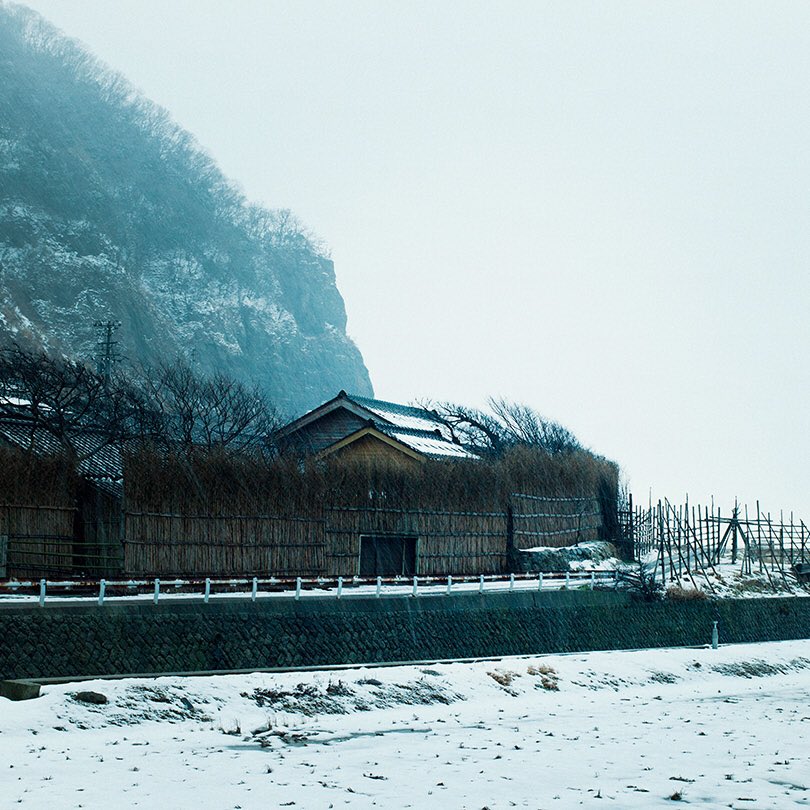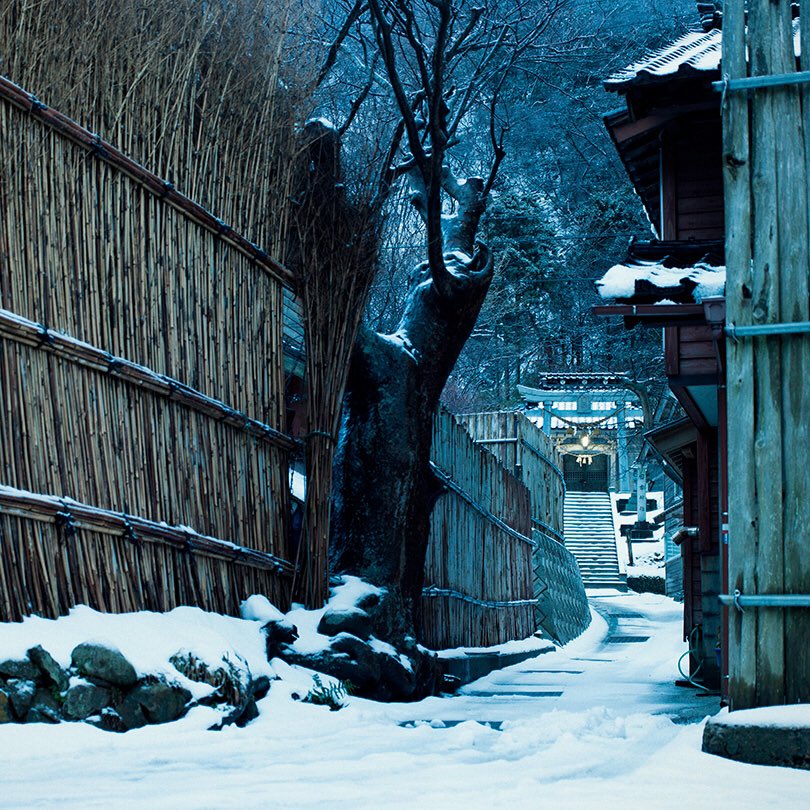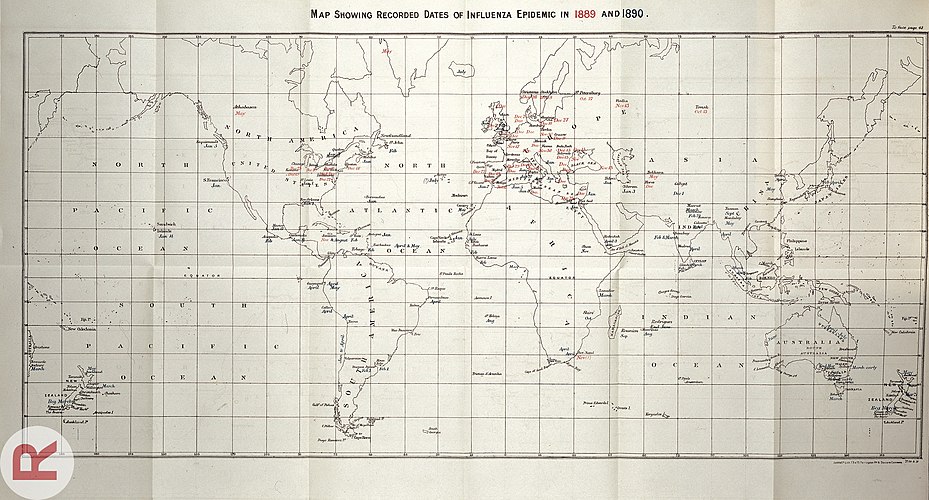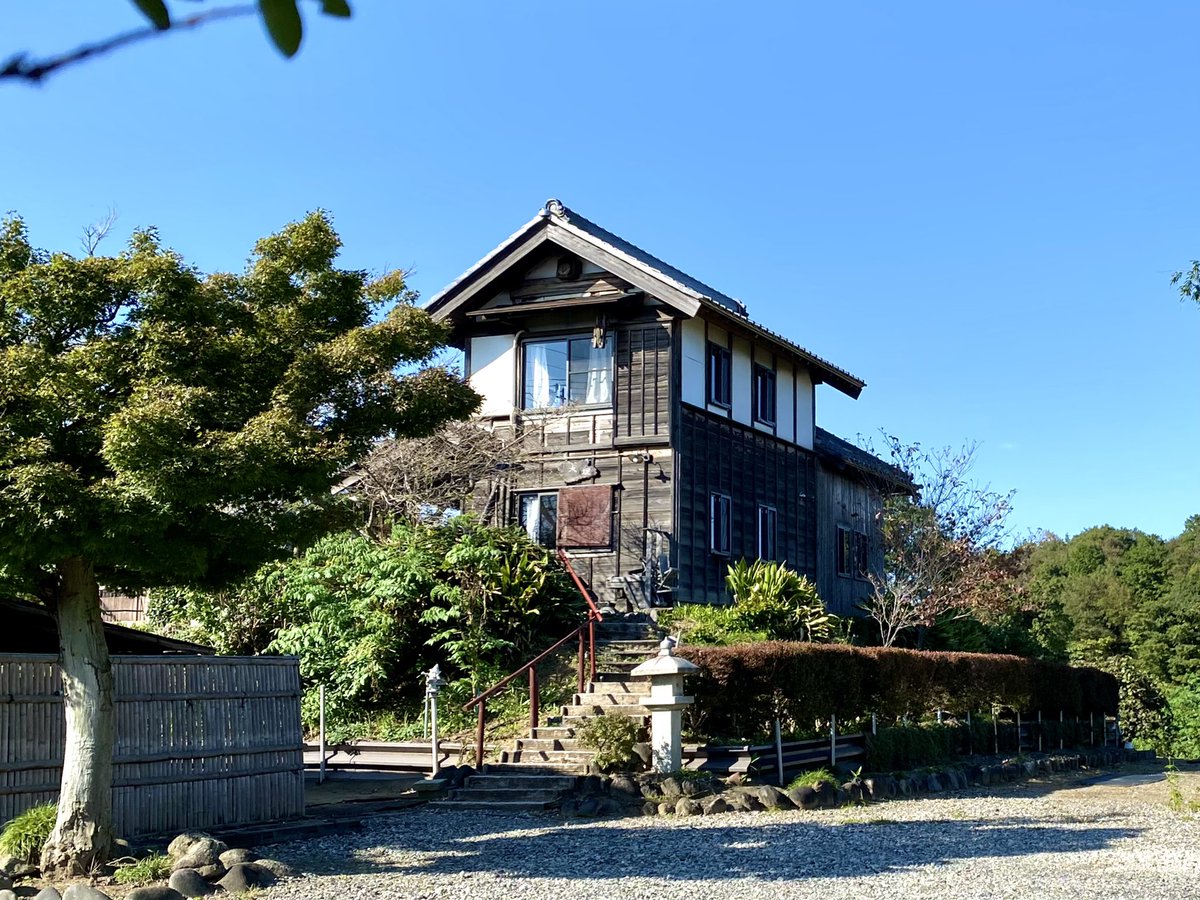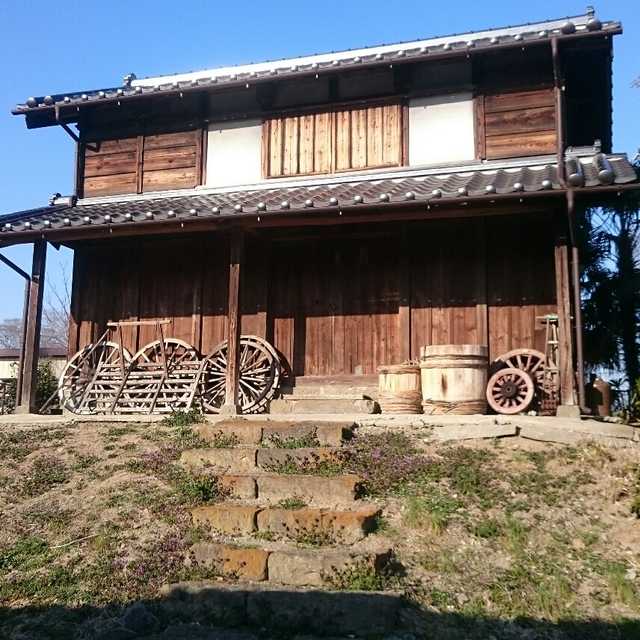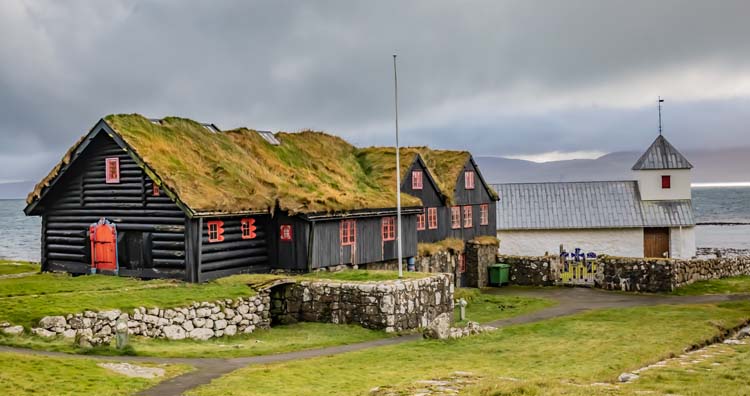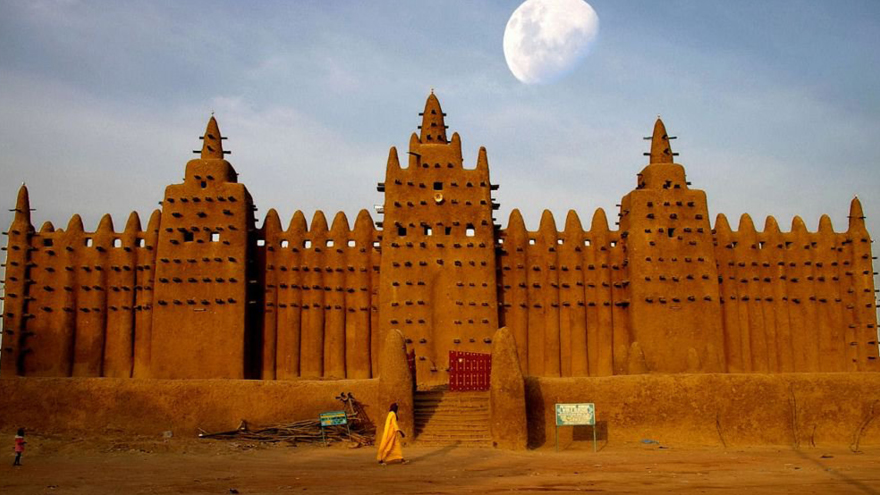
Kyoto urbanism. This two story lot was recently renovated to three units in front and two in back, with a central miniature courtyard, accessed via two small alleys (one covered). 300m²/3230ft². Homes or businesses bringing in about $7600 in monthly rents, about $25/m². Not bad. 



It might not beat London's skinniest home in terms of worth but it is probably more productive in terms of jobs, tax incomes, etc. Things are better fine grained.
https://twitter.com/StrongTowns/status/1361349304573640705?s=20
The only way to get returns like this is to build to the human scale. Even then Kyoto has trains connecting it to Osaka (a city that alone has a similar GDP as New Zealand), a bus network, and a subway. Very little space is wasted on parking lots and highways, access ramps etc. 

"But hey that is a lot of money to pay for such little space?" Yeah, because we build almost nothing like this anymore while keeps demand growing. The walkable neighborhood is rapidly going extinct. If we built more the pressure would not be so insane on the few remaining ones. 







• • •
Missing some Tweet in this thread? You can try to
force a refresh









